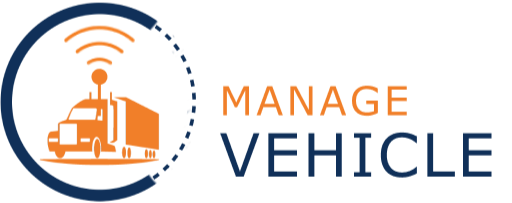In the world of fleet management, having a reliable system to report and resolve incidents and faults is crucial for maintaining safety and efficiency. NHVR, along with many other service providers in the industry have their own renditions of forms and checklists for fault and incident reporting. These are done on paper and require manually writing out details of the event.
Let’s look at what NHVR’s Incident reporting form to get an idea of the information required in the auditing process.

This form is 3 pages long. The next page is dedicated for description and the one after looks like this.

Roughly, the form collects the following information:
- Incident Type: Clear categorisation of the incident as an accident, near miss, or hazard, allowing for focused responses.
- Date, Time, and Location: Precise recording of when and where the incident occurred, crucial for investigations.
- Parties Involved: Information on all individuals or vehicles involved in the incident, ensuring accountability and thorough follow-up.
- Detailed Description: A full account of what transpired, giving context and clarity to the situation.
- Contributing Factors: Identification of any environmental, mechanical, or human factors that may have led to the incident.
- Images or Other Supporting Material: photos or documents to provide further evidence of the incident.
With Manage Vehicle’s comprehensive reporting features, operators and drivers can quickly log this information for accidents, hazards, near misses, or faults in vehicles or assets. Our platform’s user-friendly interface allows for accurate reporting, helping fleet managers take prompt corrective actions and stay compliant with safety regulations.
Let’s take a closer look at how our software simplifies these processes.
Incident Reporting: Simplifying Safety Protocols
Manage Vehicle’s Incident Reporting tool provides a clear, intuitive interface for drivers to report critical incidents from their own mobile phones. Users can easily select the vehicle involved and choose from several incident types, including Accident, Hazard, Near Miss, or Other. The system prompts for a title and description, allowing users to provide detailed information about the incident, as well as the ability to upload relevant images.

This streamlined process ensures that fleet managers have access to the necessary data to address safety issues promptly and accurately.
Fault Reporting: Proactive Maintenance Made Easy
When it comes to maintaining vehicles and assets, early fault detection and reporting can save time and prevent costly breakdowns. The Fault Creation tool in Manage Vehicle’s system enables users to report a fault by selecting either a vehicle or an asset, choosing the appropriate Vehicle Rego (vehicle registration), and indicating the severity of the fault as either Minor or Major.

With a simple text box to describe the issue and the option to upload an image of the fault, the system ensures fleet managers receive clear and concise reports. This empowers proactive maintenance and keeps fleets running smoothly.
Fleet managers can easily access all this information from the dashboard in real time and promptly take required measures. Everything becomes much easier to manage with our software, and keeping track of audit data is as simple as a few taps of your screen. Not only is this solution cost-effective and more advanced but it is also a more efficient option.
To learn more about how you can adapt this technology into your day-to-day, contact us at [email protected]







